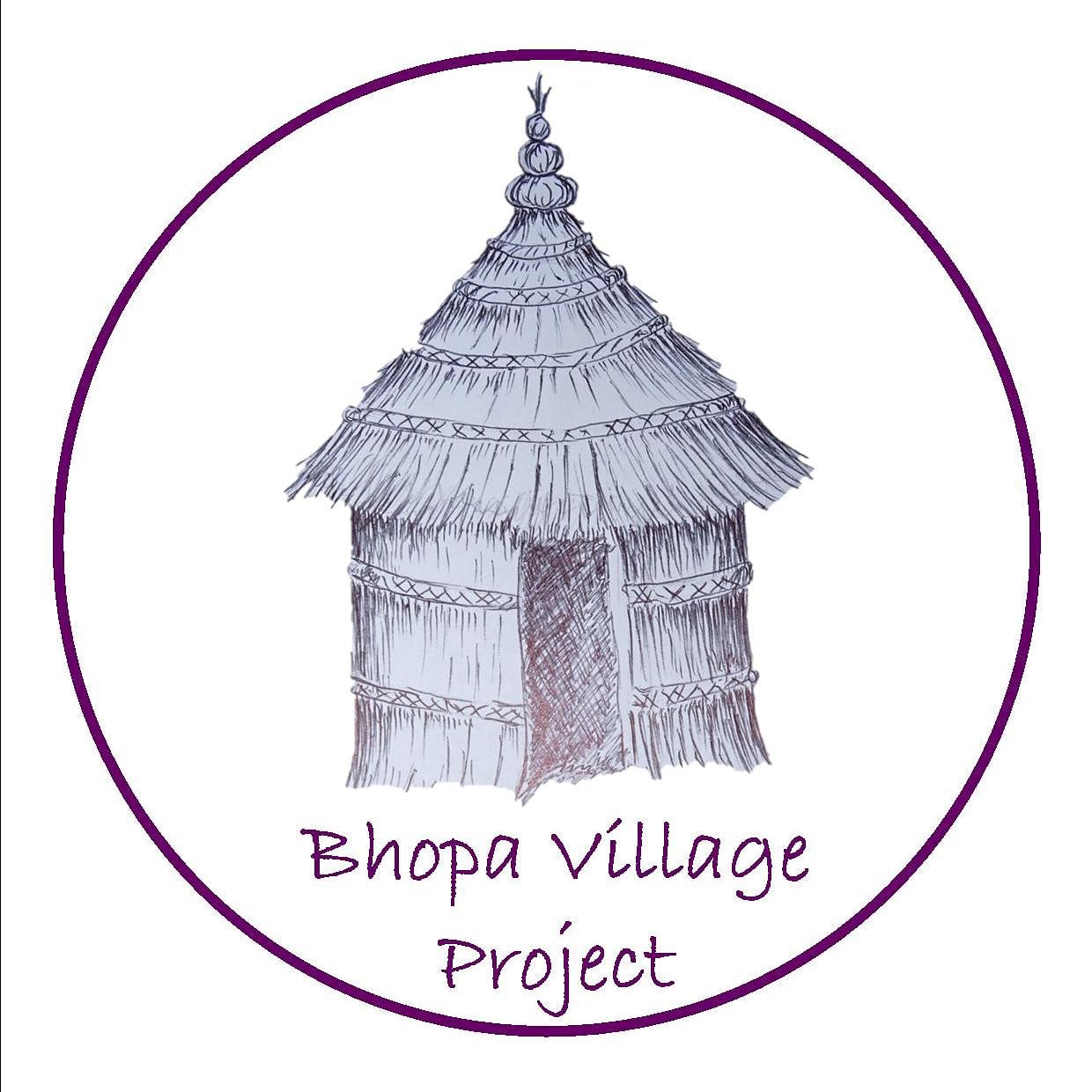Ram Dev Pilgrimage
- Bhopa Village

- Sep 23, 2021
- 2 min read

Ram Dev is a Hindu folk deity of Gujarat and Rajasthan. Ram Dev was a fourteenth centenary ruler (a Tanwar Rajput) who is said to have had miraculous powers. He devoted his life to the downtrodden and the poor. Ram Dev is equally respected and revered by Muslims, who call him Ramdevpir in the Sufi tradition. For Hindu’s, he is worshiped as the last incarnation of Lord Khrisna. His common touch and inclusivity make him an example of equality and kindness, to all the religions and castes of India. His benevolence toward the needy has meant that many poor people travel hundreds and hundreds of kilometres, sometimes barefoot, in the unrelenting heat of Rajasthan, to pay homage and ask for blessings where he took samadhi (a state of medative consciousness in the Yogic traditions) at Ramdevra (10km from Pokhran) near Jaisalmer, deep in the Thar desert. Ram Dev Baba was 33 when this event took place in 1442.

Ram Dev’s birthday is celebrated every year with a Mela/fair around the 10th lunar day of the bright fortnight of the month of Bhadrapad (August/ September). This year that date was on the 16th September. Roughly 2 million people make the pilgrimage every year. Sometimes there can be a 5-hour wait to access the Temple complex at Shree Baba Ramdev Temple. The Temple was built around the samadhi in 1932 by the King of Bikaner. – Maharaja Ganga Singh as homage. This year a couple of the team running the Bhopa Village relief programme made the pilgrimage with family and friends to the Temple stopping at other Temples, such as Osian on the way.

Flags are carried all the journey and should never touch the ground. Here you can see the bikes and flags of other pilgrims in the photograph. Anyone travelling in Rajasthan during this period will see the large groups of devotees waving their flags and chanting as they walk along the motorways and highways, stopping in the evening for camping and food making. There is a real comradery and sense of unity and hope amongst the rural masses, those travelling by truck and bike and on foot.

Once at the Temple, prayers are offered as well as rice, coconuts and churma. Wooden horses also feature as Ramdev is often depicted on horseback. The well nearby is considered holy to both Hindus and Muslims and this is one of the places in India where the religious divides fall away. Everyone is full of joy and excitement as they pay their respects to this great social reformer.








Comments